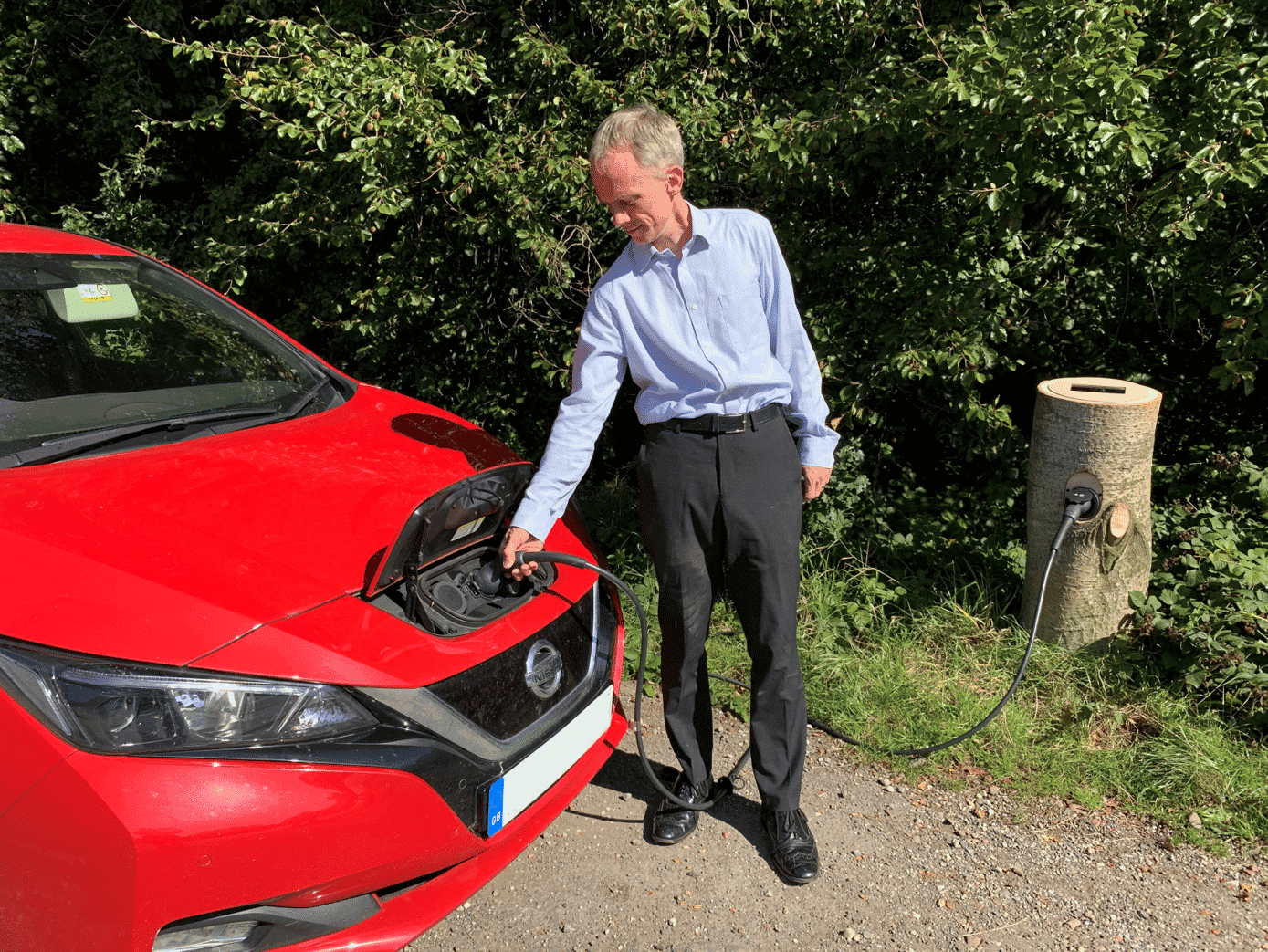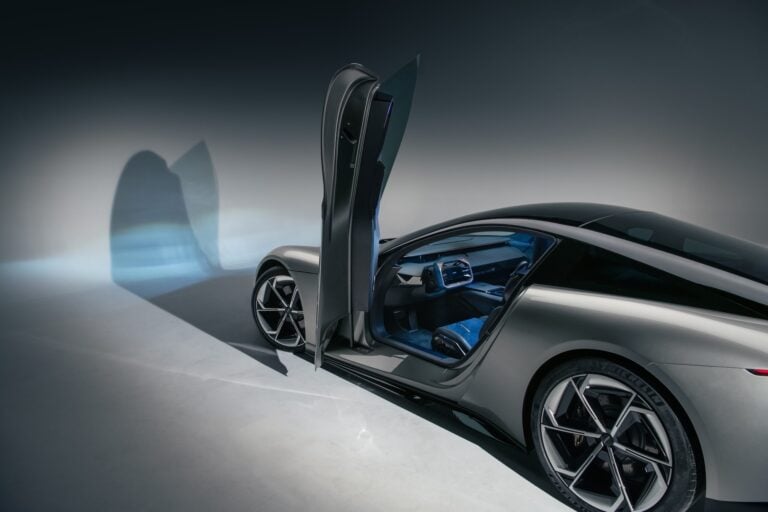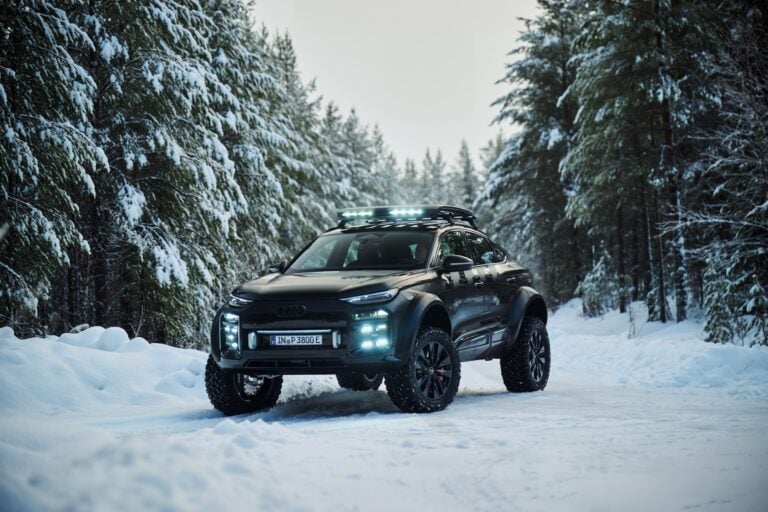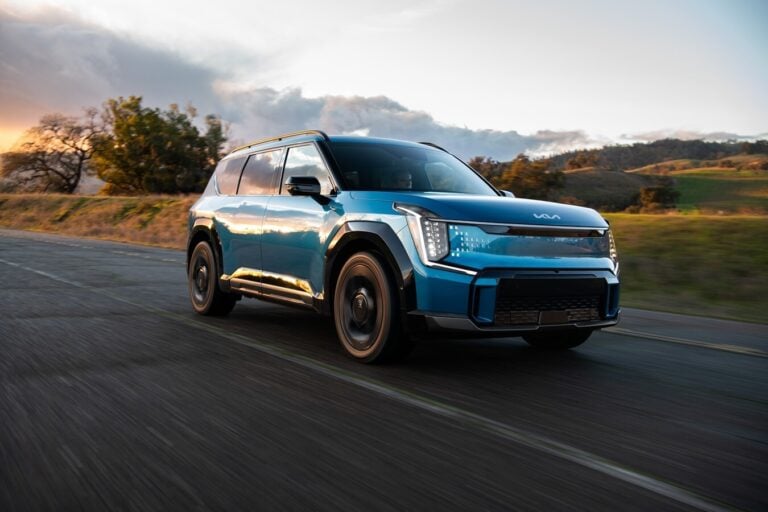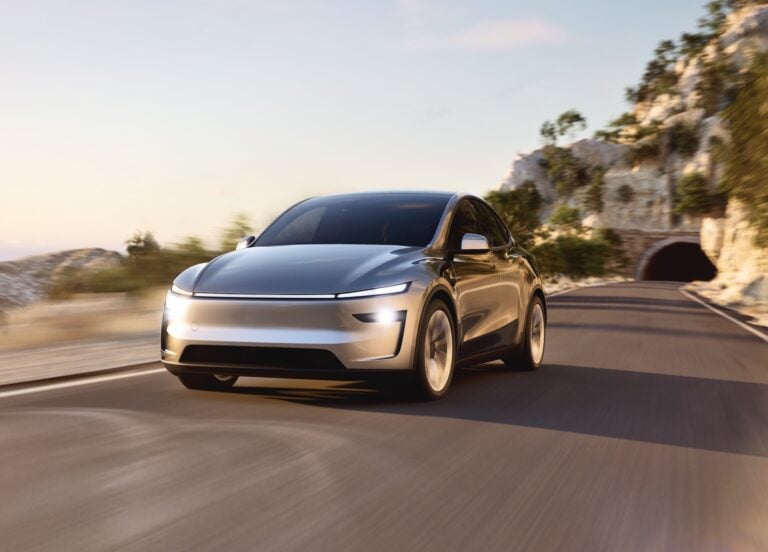Versinetic provides components and design services to the EV charging industry worldwide. Its modular Charging Blox system of hardware, software, and consultancy empowers businesses to reduce risk and accelerate time-to-market.
The engineering consultants at Versinetic have been contemplating the year ahead, and here are the predictions of trends that are most likely to dominate the EV industry in 2022
EV sales boom in 2022 (UK*)
There will be 2 types of EV sales: lower cost everyday replacement of run-around town cars and then the other extreme 0-60 in 4 seconds luxury models. As we see more choice in the mid-size everyday family cars, we are likely to witness an increase in sales. Range is always an issue, but as soon as people get over the range anxiety, it will really help EV sales.
EVs in the EU will grow by at least another 50% taking them up to about 30% of the market, with the UK’s BEV sales growing from 200K units to about 400K units – partly at the expense of PHEVs and HEVs which will both fall in market share and, possibly, units.
BEV sales growth will slow down in the end, because we’ll get to the other half of the S-curve. At Versinetic, our prediction for 2023 is that they’ll hit about 50% (a 67% rise), rather than 60% (a 100% increase). All this is against a backdrop of plummeting combustion car sales (Osborne Effect).
Combustion car sales will continue to fall – diesel by another 50% and petrol by 25% over the year.
The high fuel costs at the end of 2021 will boost EV sales throughout 2022.
City-wide Clean Air Zones will promote greater multi-modal transport and micromobility, all-electric.
These predictions are primarily for UK sales too. European sales will follow a similar trend though, with Germany and several other countries pulling ahead of us; while we’re just starting to edge out France (because they’ve lost a bit of momentum and still prefer PHEVs). Global sales growth won’t be as marked, because so much of the rest of the world has barely begun the transition and the US is somewhat behind Europe[1].
Increased EV sales will change the EV driver community – welcome charger rage
Up until last year, EV drivers were early adopters and enthusiasts about all things new, so they were willing to learn about kW and kWhrs and slow and fast chargers etc. From now on, the majority of EV buyers will be ordinary people.
We predict less social interaction and community help at the charge points. Before, people would go out of their way to look out for other EV drivers, because they were part of the same early adopter’s club. Now, EV charging point users will be thinking about other things. They might not even realize that there is a difference between fast and slow chargers. New EV drivers may leave a car at a fast charger while spending the day shopping, leaving dozens of other drivers fuming at their “selfishness”. Move over road rage and make way for charger rage.
EV charging will get easier, and home charging increase
Consolidation on charging will help, both on the connectors and types of charging. The costs of charging at some of these points can be high though so we believe for many, home charging will be the norm as more and more office sites that are offering free charging now will start to turn to a £/KWh model. Ultimately, giving away free electricity is something that can only be done for so long!
Smart charging means developments needed for excess energy storage
Legislation requiring all EV chargers to be “smart”, will further fuel the push for smart energy monitoring, storage and usage during 2022. For example, what to do with excess energy generated on site, as it is more efficient to charge/store it locally than pushing it back to the grid.
Click HERE learn more about Versinetic
[1] Stats based on SMMT data https://www.smmt.co.uk/vehicle-data/car-registrations/

